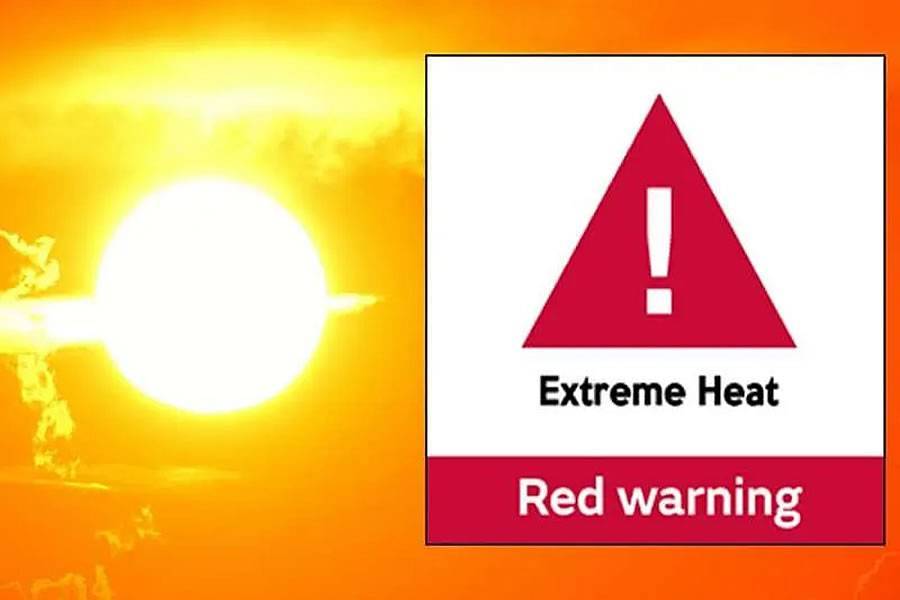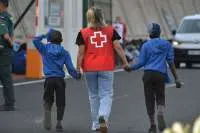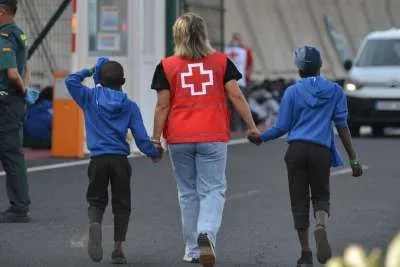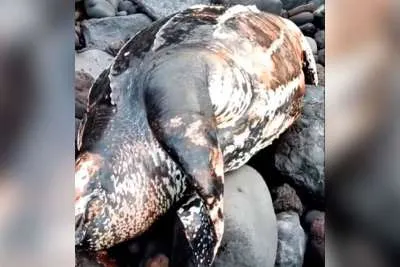9 towns under Red Alert as extreme heat hits the Canary Islands
- 03-10-2023
- National
- Canarian Weekly
- Photo Credit: Stock Image
Extreme heat is gripping the Canary Islands in October. The Ministry of Health for the Canary Islands, through the General Directorate of Public Health, has issued alerts as part of the Plan for Preventive Actions for the Effects of Excessive Temperatures in various islands. These alerts aim to mitigate the health effects associated with excessive temperatures and coordinate the institutions involved in the Canary Islands, including healthcare and medical centres, and emergency services.
Yesterday, Monday, health risk alerts were reviewed and extended for several municipalities in Tenerife, Gran Canaria, Lanzarote, and Fuerteventura.
TENERIFE:
- Red Alert: In Adeje (South Tenerife) from October 4th to 8th.
- Yellow Alert: In Candelaria from October 4th to 7th. In San Miguel de Abona (South), La Orotava, and El Puerto la Cruz from October 4th to 6th.
GRAN CANARIA:
- Red Alert: In Agüimes from October 2nd to 5th, in Mogán from October 2nd to 8th, in San Bartolomé de Tirajana until October 6th, and in La Aldea San Nicolás and Santa Lucía de Tirajana until October 8th.
- Yellow Alert: In Valsequillo and Ingenio until October 4th.
FUERTEVENTURA:
- Red Alert: In Pájara and Tuineje until October 7th.
- Yellow Alert: In Antigua until October 2nd.
LANZAROTE:
- Yellow Alert: In San Bartolomé until October 4th.
TEMPERATURE THRESHOLDS AND RISK LEVELS:
The temperature thresholds are set at 33 degrees Celsius for the province of Las Palmas de Gran Canaria (includes Lanzarote & Fuerteventura) and 34 degrees Celsius for the province of Santa Cruz de Tenerife (includes La Palma, La Gomera, and El Hierro).
The criteria for assigning health risk levels for situations of excessive temperature, determined by the Ministry of Health, are based on a decision algorithm. Based on this algorithm, which takes into account the forecasted maximum temperatures, the established threshold, the number of days of persistence (a minimum of three), and the risk factors specific to each territory, four risk levels are determined:
- Level 0 (green), indicating no risk.
- Level 1 (yellow), indicating low risk.
- Level 2 (orange), indicating medium risk.
- Level 3 (red), indicating high risk.
The General Directorate of Public Health, which has coordinated the Plan for Preventive Actions for the Effects of Excessive Temperatures on Health in the Canary Islands since 2004, has established an epidemiological surveillance system to monitor the impact of high temperatures on public health. This system works in collaboration with healthcare centres and emergency services in the Canary Islands, providing them with timely alerts regarding potential emergency situations.
RECOMMENDATIONS:
Vulnerability to high temperatures includes personal risk factors such as being over 65, infants, pregnant women, and others. Recommendations for vulnerable populations are as follows:
- Stay in cool, shaded, or air-conditioned places as much as possible and cool off whenever necessary.
- Reduce physical activity and avoid outdoor sports during the hottest hours of the day.
- Drink water or fluids regularly, even if not thirsty, regardless of physical activity.
- Avoid caffeinated, alcoholic, or highly sugared drinks, as they can contribute to dehydration.
- Pay special attention to babies, children, pregnant or lactating women, as well as older adults or those with conditions that may worsen with heat (such as heart diseases, kidney diseases, diabetes, hypertension, obesity, cancer, mobility impairments, dementia, and other mental illnesses, as well as substance abuse).
- Wear lightweight, loose-fitting, and breathable clothing.
- Never leave anyone in a parked and closed vehicle (especially children, the elderly, or those with chronic illnesses).
- Seek medical attention if symptoms persist for more than an hour and may be related to high temperatures.
- Consume light meals that help replenish lost salts due to sweating (such as salads, fruits, vegetables, juices, etc.).
- Store medications in a cool place; heat can alter their composition and effects.
OTHER PREVENTIVE PLANS IN CANARY ISLANDS:
In the event of a forecast of high temperatures, the Government of the Canary Islands can activate the Plan for Preventive Actions for the Effects of Excessive Temperatures on Health, with health risk alerts and other plans, such as the Specific Civil Protection and Emergency Response Plan for Adverse Meteorological Phenomena (PEFMA). This can be declared as an alert situation posing a risk to the population, property, and the environment.
Other articles that may interest you...
Trending
Most Read Articles

Featured Videos
A Vision of Elvis Tenerife Promo
- 10-05-2025
TEAs 2025 Highlights
- 17-11-2025

























































